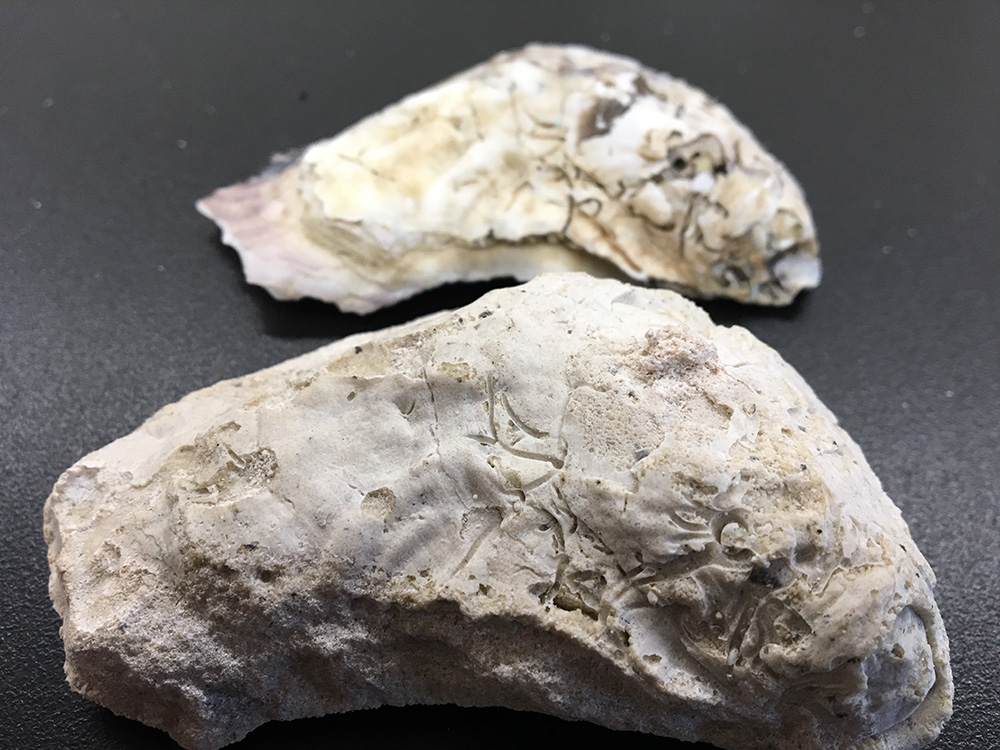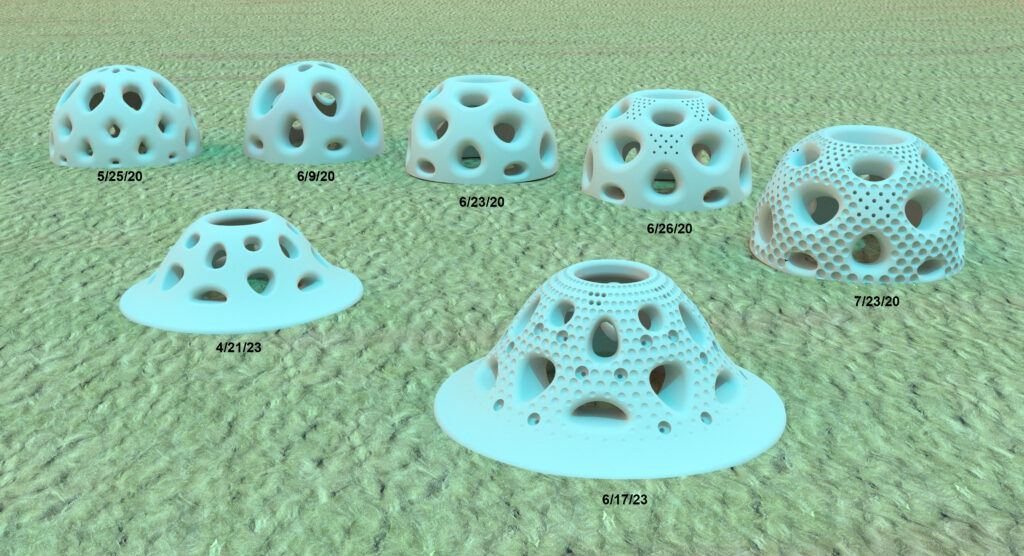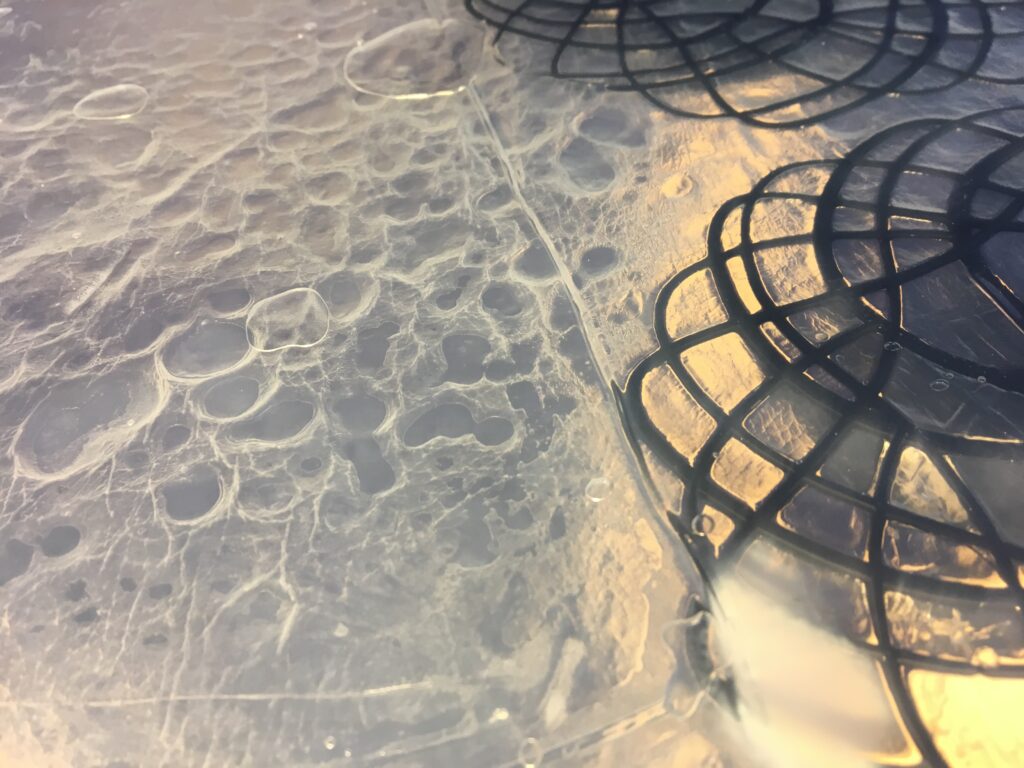
Biocement Casting for Marine Habitat Restoration
Significant R&D had been committed to developing casting processes for creating biocement, a low-carbon cement-like material made in collaboration with bacteria. We have developed processes for increasing the strength of this material, with samples capable of holding multiple tons and with compression strength test results approaching building standards for concrete. We have also developed programable pumping systems that significantly improve the time and material efficiencies of this process. With our partners at UMCES and Keys Marine Lab, we have tested this material for oyster and coral larvae recruitment, demonstrating the suitability of this material for marine habitat restoration. This work has been made possible by the the support of the Bayley Wildlife Foundation and the BGE Green Grants program.

Coral Habitat Design
An emergent element of the Coral Defense Project is the design of a synthetic coral habitat. Our approach leverages advanced parametric modeling and digital fabrication to create a form that is supports coral growth, integrates with the latest restoration techniques, provides immediate and long-term benefits to marine life, and is hydrodynamically stable. The design is informed by the multi-institutional interdisciplinary research team, including coral specialists, design and fabrication specialist, and hydrodynamic simulation specialists. The design has been further advanced through a collaboration with the Reef Ball Foundation. A multi-material mold was fabricated using CNC milling, 3D printing, rubber, and composites. This mold will be used to cast habitat structures using low-carbon concrete materials developed by the research team. This work has been made possible by the the support of the Bayley Wildlife Foundation.

Bacterial Cellulose
Building off of work funded by the Center for Craft Materials Research Grant, that was led by Ryan Hoover and materials engineer, Walter Zimbeck, bacterially-produced nanocellulose has been a persistent focus in student and faculty research. Topics include, the development of specialized bioreactors, treatments to increase or introduce new material functionality, origami folding patterns programmed into material growth, dyeing processes, wearable electronics, multi-organism composite materials, laser-directed polymerization of infiltrated resins, and other explorations.